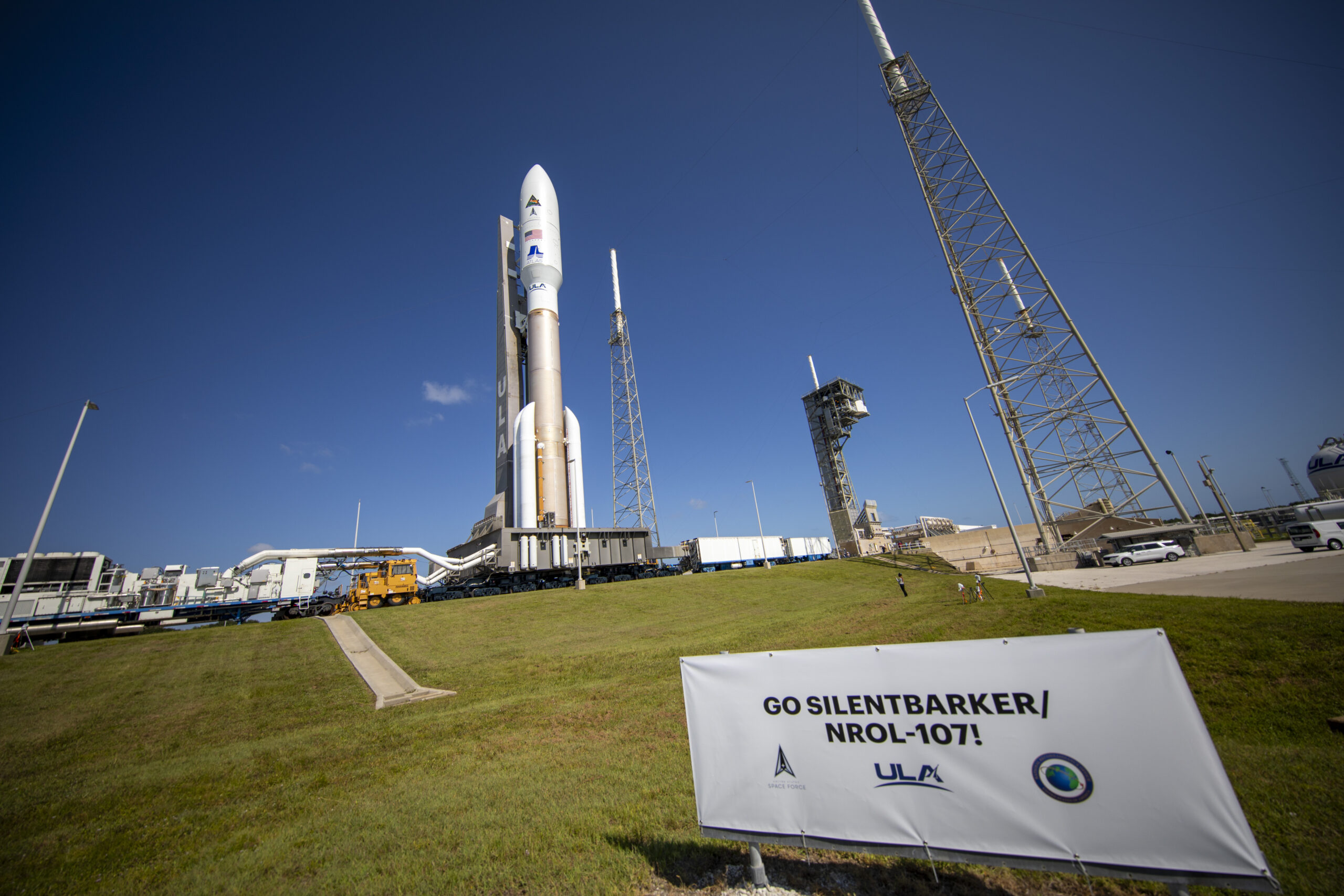
After what has demonstrably been its “lightest” year on record, in terms of flights at least, United Launch Alliance (ULA) is gearing up for its first Atlas V mission of 2023 tomorrow morning, laden with a highly secretive payload on behalf of the National Reconnaissance Office. The “Mighty Atlas”—outfitted in its most powerful guise, the “551”, nicknamed “The Bruiser” by ULA CEO Tory Bruno—will fly from storied Space Launch Complex (SLC)-41 at Cape Canaveral Space Force Station, Fla., no earlier than 8:34 a.m. EDT Tuesday.
The 551, so named on account of its 17.7-foot-diameter (5.4-meter) payload fairing, its five strap-on Graphite Epoxy Motor (GEM)-63 solid-fueled boosters and its single-engine Centaur upper stage, has flown 12 times, most recently in December 2021 when it supported ULA’s longest mission to date. On that flight, it inserted the U.S. Space Force-led Space Test Program (STP)-3 payload directly into geostationary orbit during a lengthy seven-hour uphill cruise which required no fewer than three Centaur “burns”, an extensive phase of “coasting” and the first-time use of ULA’s In-Flight Power System (IFPS) to facilitate a “positive power budget” at the point of deployment.
Capable of lifting payloads up to 41,000 pounds (18,800 kilograms) into low-Earth orbit and as much as 19,600 pounds (8,900 kilograms) to geostationary altitude, the 551 first saw service in January 2006 to launch NASA’s New Horizons mission to Pluto. More recently, it also delivered the Juno orbiter to Jupiter in August 2011, as well as five Mobile User Objective System (MUOS) narrow-band military communications satellites between February 2012 and June 2016, the former Air Force Space Command’s AFSPC-11 mixed-manifest mission in April 2018 and the final three members of the Advanced Extremely High Frequency (AEHF) geostationary network.
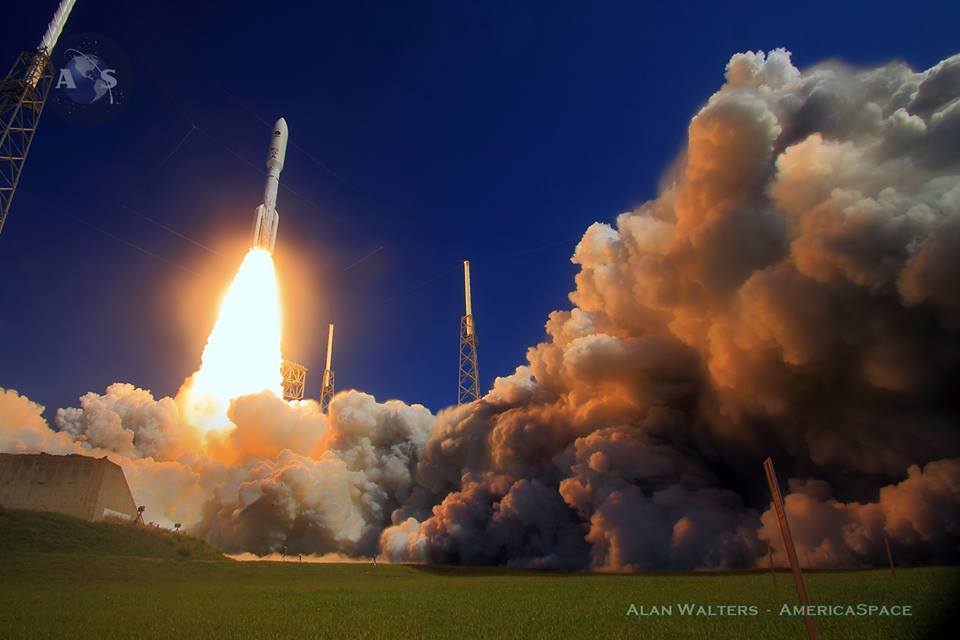
The 551’s heavy-lifting and orbital-insertion-accuracy credentials will undoubtedly lend themselves to its next mission, which will deliver long-delayed NROL-107 payload to Geostationary Earth Orbit (GEO). Encumbered with the curious nomenclature of “Silent Barker”, this particular payload has been waiting in the wings for several years, ever since contracts to launch it were awarded to ULA back in February 2019 as part of a three-mission Atlas V deal with the Air Force, worth an estimated $441.76 million.
Under the terms of that contract, which formed part of the Air Force’s Phase 1A procurement strategy, two other missions—the fifth and sixth geostationary members of the Space-Based Infrared System (SBIRS GEO-5 and GEO-6)—later made it safely to orbit in May 2021 and August of last year, respectively. But Silent Barker, originally baselined to fly in Fiscal Year 2022 but postponed substantially into this year’s third quarter, has proven stubbornly more irksome to get off the ground.
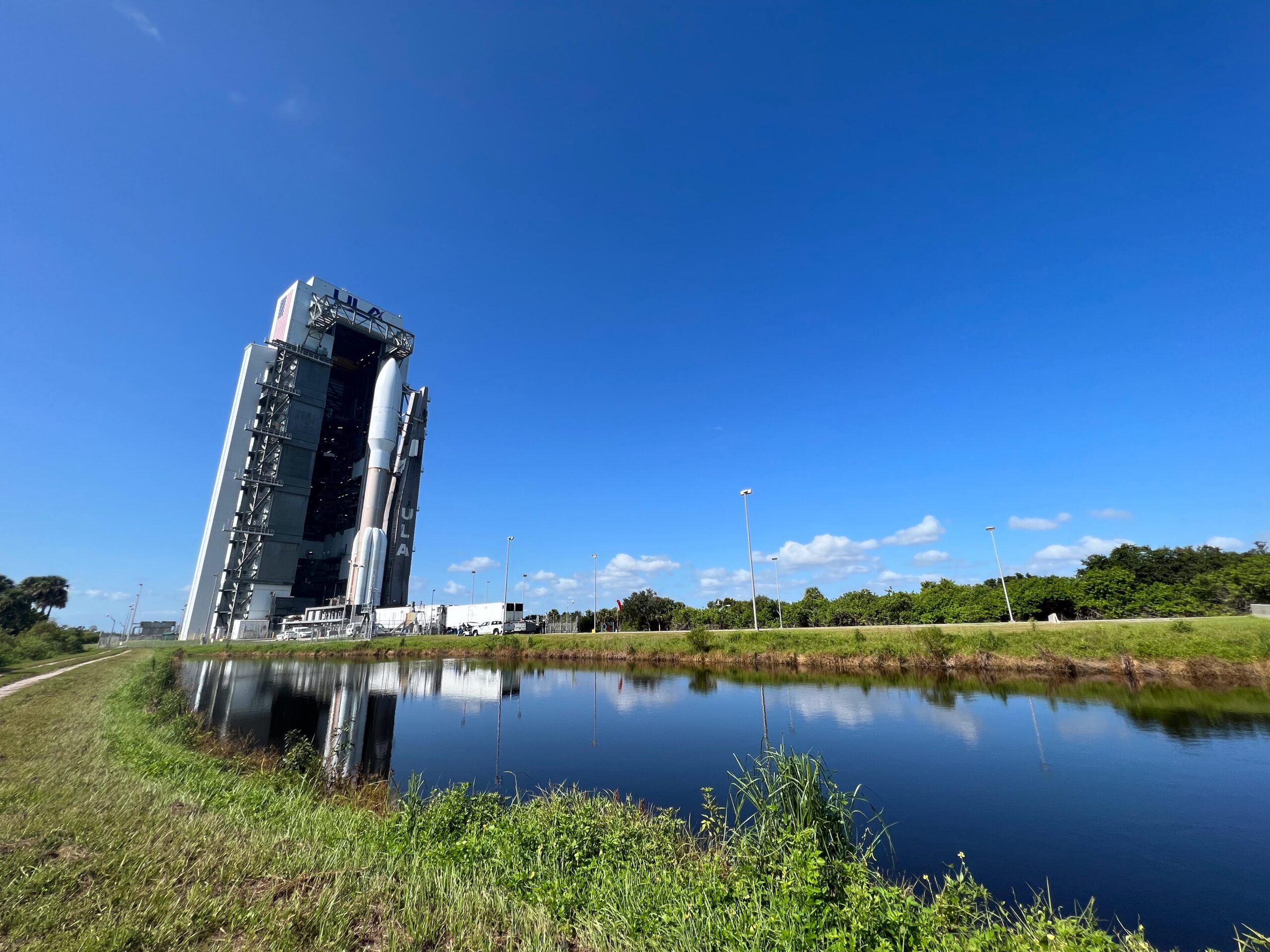
The exact nature of whatever has kept Silent Barker ground-bound for so long remains unclear. However, just last fall a payload-related issue was discovered, which required the spacecraft to be returned to its manufacturer for attention.
Silent Barker itself is a powerful Space Domain Awareness mission in geosynchronous orbit, executed jointly by the National Reconnaissance Office and the Space Force’s Space Systems Command (SSC). “Silent Barker is designed to detect and maintain custody of space objects,” explained ULA. “Silent Barker will provide the capability to search, detect and track objects from space-based sensors for timely custody and event detection.
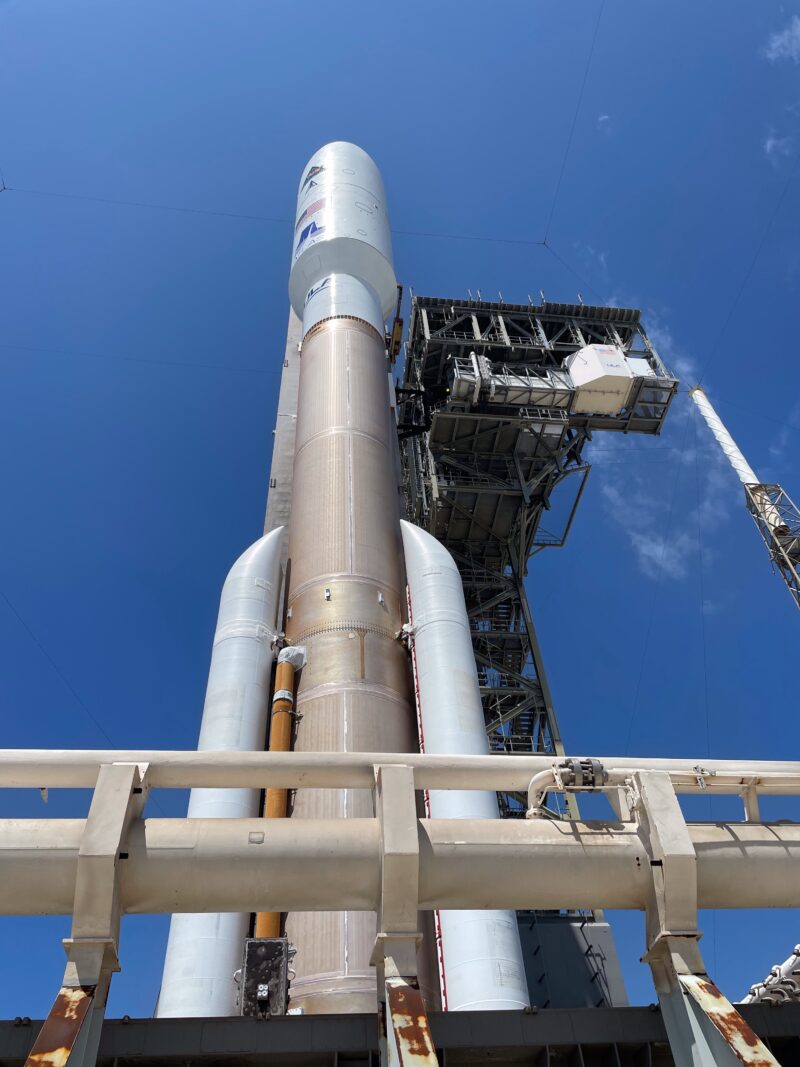
“Surveillance from space augments and overcomes existing ground-sensor limitations with timely, 24-hour, above-the-weather collection of satellite metric data, only possible with a space-based sensor,” it continued, “and then communicates its findings to satellite operators, analysts and other mission users.”
The mission’s patch symbology—a leaping fox—alludes to Silent Barker’s overall objective. “The leaping fox,” tweeted the NRO, earlier in August, “portrays the agility and clever intelligence that gives us an edge over adversaries.”
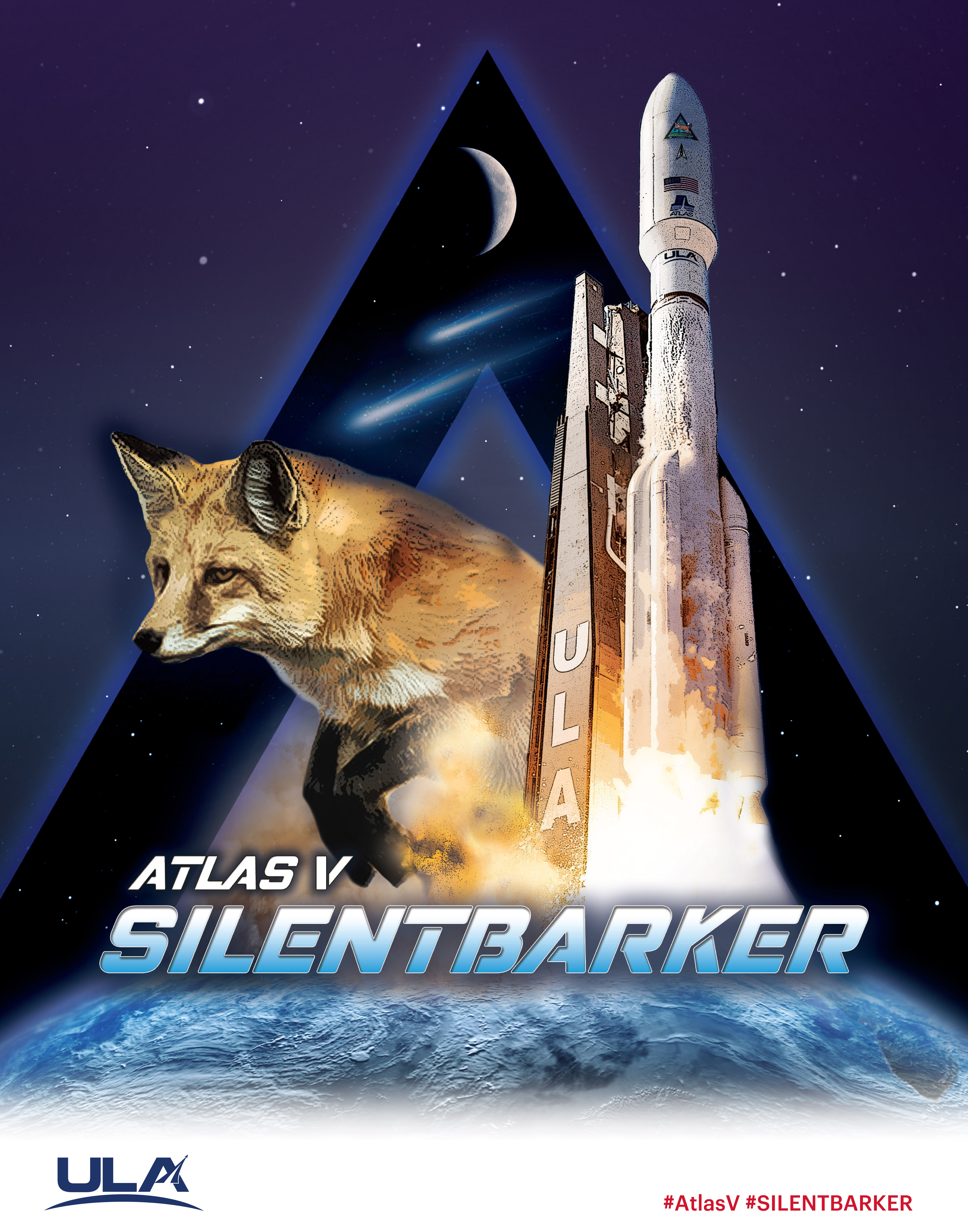
Stacking of Atlas V hardware for this important mission began on 13 July, when the 107-foot-long (33-meter) Common Core Booster (CCB) was elevated to a vertical configuration atop the Mobile Launch Platform (MLP) inside the Vertical Integration Facility (VIF), adjacent to SLC-41. A week later, the five Northrop Grumman-built GEM-63 boosters—each of which will generate 371,500 pounds (168,500 kilograms) of thrust at liftoff—were mounted around the CCB’s base, to complete the initial structural build-up of the lowermost portion of the Mighty Atlas.
All told, and when combined with the CCB’s Russian-built RD-180 engine, they will power the Silent Barker mission off SLC-41 with a total impulse in excess of 2.3 million pounds (1.4 million kilograms). The 41.5-foot-long (12.6-meter) Centaur upper stage was added to the stack on 24 July and earlier this month teams conducted a Wet Dress Rehearsal (WDR), rolling the stack—minus its payload—out to SLC-41 and loading it with over 66,000 gallons (300,000 liters) of liquid oxygen and hydrogen propellants.
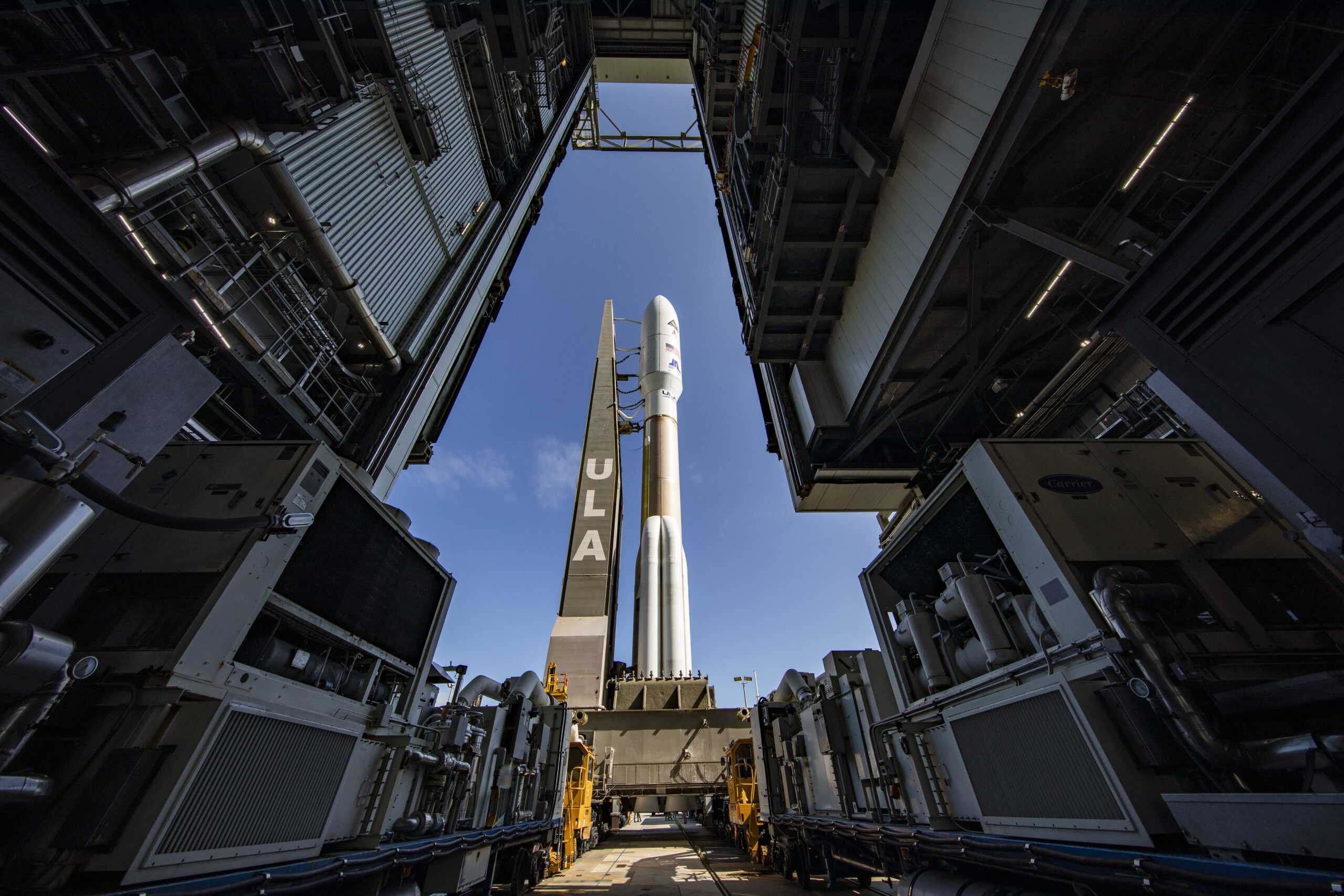
Already, the Atlas V had been earlier loaded with 25,000 gallons (94,000 liters) of “storable” kerosene and the WDR also furnished ULA and opportunity to wring out the Atlas V’s stages, avionics and ground systems. The test proceeded until a scheduled cutoff point, just ahead of RD-180 ignition before the rocket returned to the VIF.
Last week, the 17.7-foot-diameter (5.4-meter) Short Payload Fairing (SPF)—a bullet-like structure which encapsulates Silent Barker and protects it during the high dynamism of launch and ascent—was transported to the VIF and hoisted atop the stack, raising the height of the Atlas V to 196 feet (59.7 meters). A satisfactory Launch Readiness Review (LRR) on Thursday, led by Launch Director Paul Aragon, produced a definitive “Go” to proceed with Silent Barker’s launch at 8:34 a.m. EDT on Tuesday, 29 August.

Finally, last Friday the Mighty Atlas lumbered out of the VIF and was rolled the quarter-mile (400-meter) distance to the SLC-41 pad surface, a journey which took about an hour to complete.
Weather for Tuesday’s opening launch attempt is currently about 65-percent favorable, deteriorating to just 40 percent in the event of a 24-hour slip to Wednesday. “The weather will become quite active next week, as an area of low pressure moves into the Gulf of Mexico,” the 45th reported, with an increased storm chance.
“The National Hurricane Center has given the system a 70-percent of development in the next seven days,” it ominously concluded. “While there is still disagreement among the global models regarding the position, timing and intensity of this potential storm, the general consensus is that the storm will approach Florida’s west coast.
“By Tuesday morning, most of the models have the system to our southwest, somewhere in the Eastern Gulf,” the 45th cautioned. “The main concerns will be any showers that develop from outer bands and anvil clouds blowing off from the main area of convection in the Gulf.”
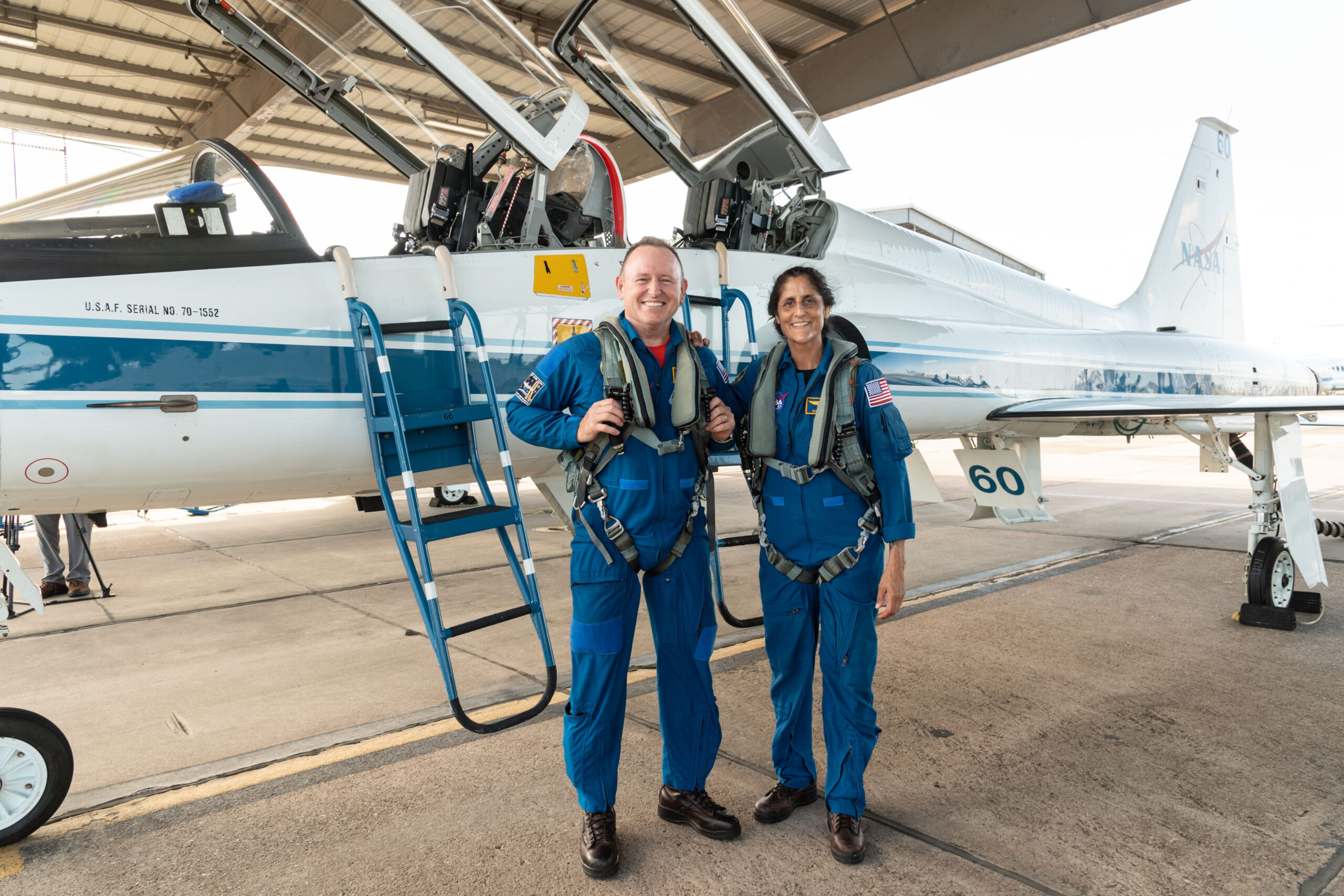
Although ULA identifies Silent Barker as “our second consecutive launch of the summer”—following hard on the heels of a Delta IV Heavy with the highly classified NROL-68 payload in June—the fact remains that 2023 has so far shaped up to be one of its “lightest” years on record, in terms of missions at least. Only 2006, the year the ULA was born, was lighter, with a single launch that December.
And with the long-awaited Crew Flight Test (CFT) of Boeing’s CST-100 Starliner to the International Space Station (ISS), carrying NASA astronauts Barry “Butch” Wilmore and Suni Williams, having been delayed until March 2024 at the very soonest, its Atlas V launch has officially been deleted from ULA’s 2023 manifest. The in-development Vulcan-Centaur heavylifter, which wrapped up a smooth Flight Readiness Firing (FRF) in June, is also not expected to fly its maiden “Cert-1” mission until the very end of the year at the earliest.
That leaves only an Atlas V in late September for a test flight in support of ULA’s role in launching Amazon’s Project Kuiper internet satellite communications network and the USSF-51 payload for the Space Force, possibly in December. If both of those missions fly as timelined, 2023 will conclude on four launches, its lightest year since 2008 which saw just a pair of Atlas Vs take flight.




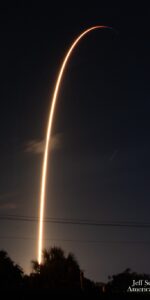

3 Comments
3 Pings & Trackbacks
Pingback:SpaceX, ULA Primed for Friday, Saturday Launches for Communications, National Security - AmericaSpace
Pingback:SpaceX, ULA Primed for Friday, Saturday Launches for ... - AmericaSpace - Digi90
Pingback:Mighty Atlas Stands Ready for Long-Delayed Silent Barker Mission ... - AmericaSpace - Digi90